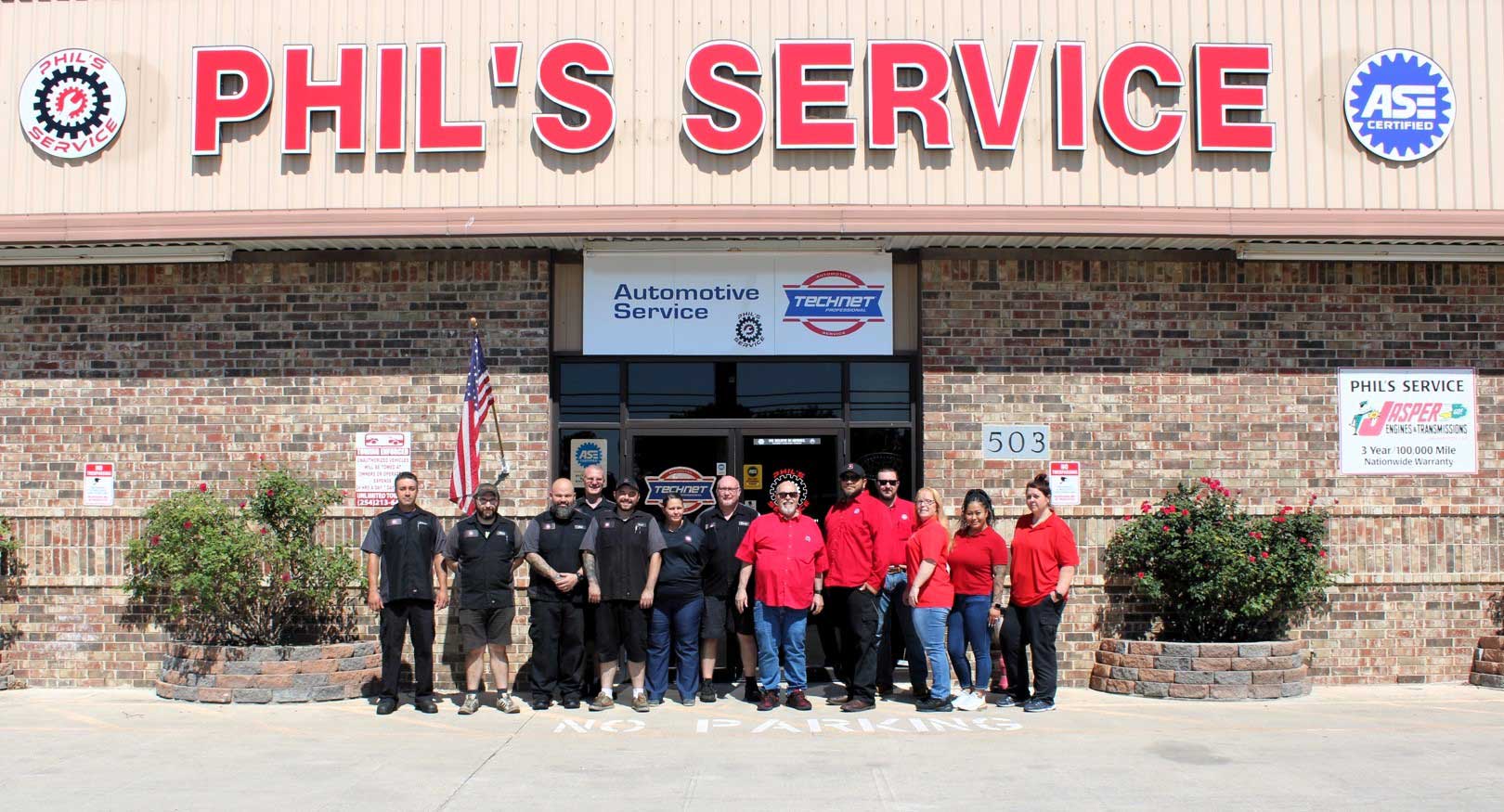Are Car Axles and Struts related?
When it comes to the safe operation of your car, brakes, tires, and car axles are just as important as the suspension and steering systems. Because the axles connect to the wheels, they bear the weight of your entire vehicle. The suspension system keeps your car riding smoothly and in proper contact with the road.
Whether your car has shocks or struts, you may find yourself asking the question, “What happens if you don’t replace bad struts?” Worn out struts compromise the safety of your vehicle and can cause quite a few other problems, including:
- Poor steering response.
- When turning corners or changing lanes, the car will sway or lean.
- Vehicle bounces excessively when driving.
- Braking performance is unstable.
- When braking or accelerating, your car will make a “nose-dive” or “squat.”
- Accelerates tire wear, causing "cupping" (the rubber wears off the tire each time it hits the ground).
- Hydraulic fluid may be leaking from inside the shock.
Many mechanics recommend replacing struts about every 50,000 to 100,000 miles, depending on a great deal on how and where you drive. If you consistently travel over bumpy streets and adverse road conditions, then they will need to be replaced more often than if you drive short distances on level roads.
Knowing how to identify the warning signs of bad struts is crucial for driving safety. If you notice any of the signs above, have the struts or shocks inspected. Replacing bad struts will improve stopping performance, vehicle stability, and control of your vehicle.
If you’re worried about what happens if you don’t replace bad struts? Contact our ASE Certified technicians at Phil’s Service for more information about the suspension system and car axles, and to schedule an appointment. Our auto repair shop proudly serves residents in the community of Killeen, TX, and the surrounding area.
What happens if you don’t replace bad struts? If you’re having suspension issues, ask the auto experts for advice about how the suspension system affects car axles.
When it comes to the safe operation of your car, brakes, tires, and car axles are just as important as the suspension and steering systems. Because the axles connect to the wheels, they bear the weight of your entire vehicle. The suspension system keeps your car riding smoothly and in proper contact with the road.
Whether your car has shocks or struts, you may find yourself asking the question, “What happens if you don’t replace bad struts?” Worn out struts compromise the safety of your vehicle and can cause quite a few other problems, including:
- Poor steering response.
- When turning corners or changing lanes, the car will sway or lean.
- Vehicle bounces excessively when driving.
- Braking performance is unstable.
- When braking or accelerating, your car will make a “nose-dive” or “squat.”
- Accelerates tire wear, causing "cupping" (the rubber wears off the tire each time it hits the ground).
- Hydraulic fluid may be leaking from inside the shock.
Many mechanics recommend replacing struts about every 50,000 to 100,000 miles, depending on a great deal on how and where you drive. If you consistently travel over bumpy streets and adverse road conditions, then they will need to be replaced more often than if you drive short distances on level roads.
Knowing how to identify the warning signs of bad struts is crucial for driving safety. If you notice any of the signs above, have the struts or shocks inspected. Replacing bad struts will improve stopping performance, vehicle stability, and control of your vehicle.
If you’re worried about what happens if you don’t replace bad struts? Contact our ASE Certified technicians at Phil’s Service for more information about the suspension system and car axles, and to schedule an appointment. Our auto repair shop proudly serves residents in the community of Killeen, TX, and the surrounding area.


